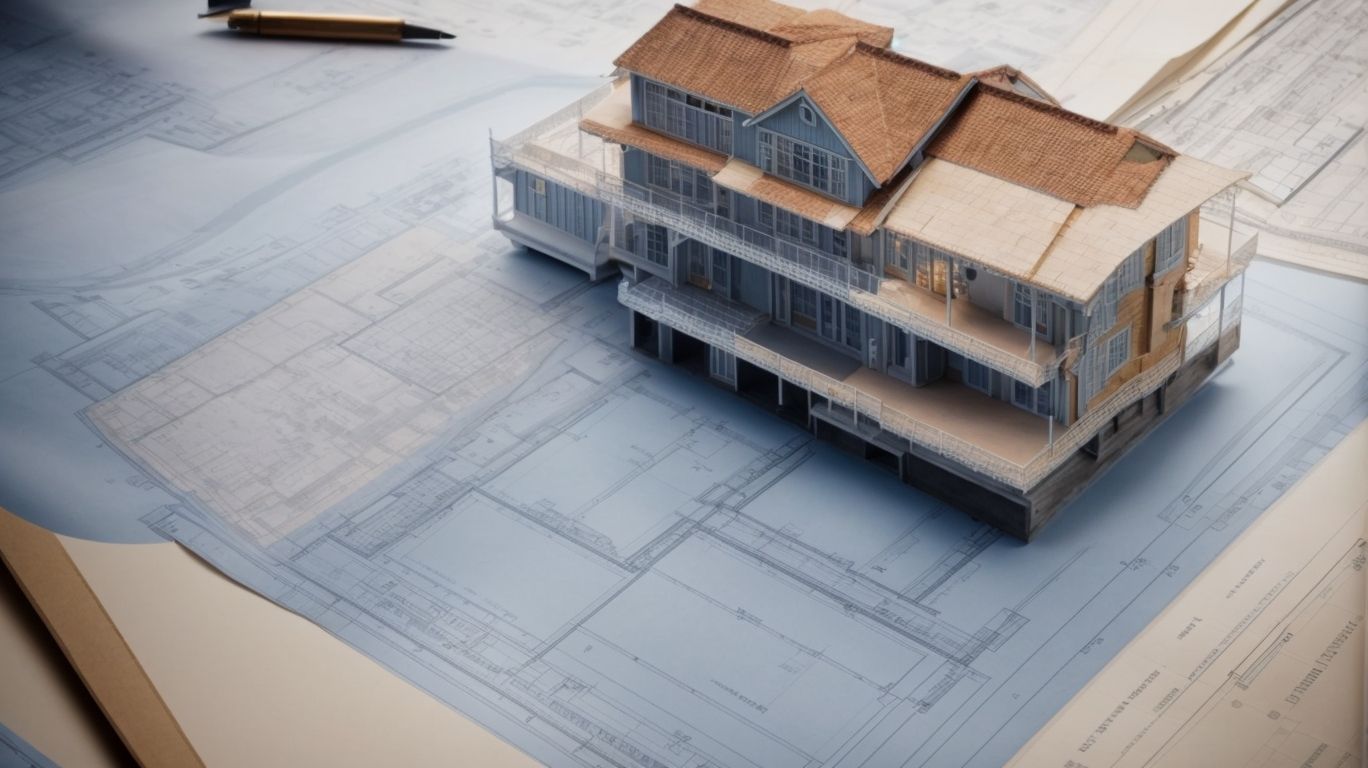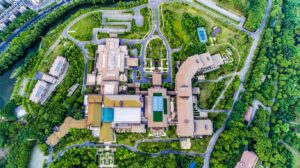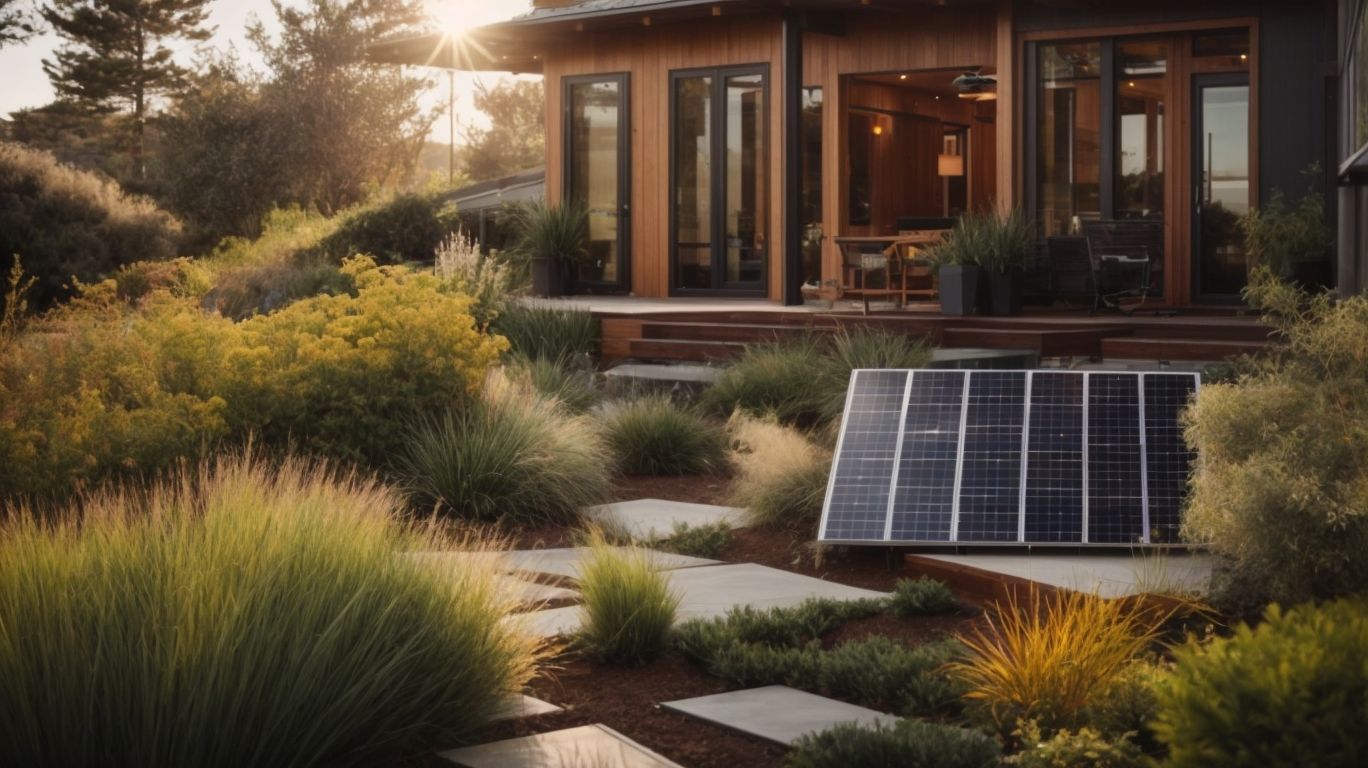
Structural Integrity and Design Considerations for Bay Area Second-Story Additions
Are you considering expanding your living space but don’t want to sacrifice your yard?
Second-story additions may be the solution for you.
In this article, we will explore the structural and design considerations for second-story additions in the Bay Area.
From increasing living space and preserving yard space to adding value to your property, we will cover everything you need to know before embarking on this home improvement journey.
Let’s dive in!
What Are Second-Story Additions?
- Second-story additions refer to the construction of new living spaces on top of existing structures, typically residential buildings, to expand space vertically.
The primary purpose behind second-story additions is to increase living space without expanding the footprint of the existing property. By building upward, homeowners can maximize their living area while preserving outdoor space.
These additions are commonly used in residential construction to accommodate growing families, create extra bedrooms, add bathrooms, or even establish a dedicated workspace.
From a structural perspective, considerations such as foundation strength, load-bearing walls, and proper support for the additional weight are essential to ensure the safety and stability of the new level.
Not only do second-story additions enhance property functionality by providing more room for various activities, but they also significantly boost the overall value of the home.
Why Consider a Second-Story Addition?
Considering a second-story addition can significantly enhance the living experience by providing additional space, improving property value, and allowing for custom design enhancements.
By expanding upwards, homeowners can optimize their interior design possibilities, creating opportunities for unique layouts, increased functionality, and enhanced aesthetic appeal. Second-story additions also offer the advantage of maximizing the use of property space without sacrificing outdoor areas. From adding extra bedrooms or bathrooms to creating a dedicated workspace or entertainment area, the versatility of these additions caters to a variety of needs and preferences, making the home more appealing to potential buyers in the future.
Increase Living Space
Increasing living space through a second-story addition offers homeowners the opportunity to accommodate growing families, enhance comfort, and pursue home improvement projects.
Expanding living space not only addresses the practical needs of a growing household but also opens up the possibility for creative design solutions. With a second-story addition, homeowners can reconfigure existing spaces on the first floor for new purposes, such as creating a dedicated home office or a cozy reading nook. This added flexibility in the layout can significantly enhance the overall functionality and aesthetics of the home. Increasing living space can positively impact home improvement trends by influencing a shift towards more personalized and customized living environments.
Preserve Yard Space
Opting for a second-story addition can help preserve valuable yard space, maintain neighborhood aesthetics, and offer customization options to align with architectural styles.
- By utilizing the vertical space of a second story, homeowners can maximize their living area without sacrificing outdoor greenery. This not only enhances the beauty of the property but also ensures harmony within the surrounding neighborhood.
- The flexibility in design and materials allows for seamless integration with existing architectural elements, creating a cohesive look that enhances the overall appeal of the home. Balconies, windows, and exterior finishes can be tailored to complement the style prevalent in the area, ensuring that the addition blends in seamlessly with the overall neighborhood landscape.
Add Value to Property
Adding a second story to a property can significantly increase its market value, introduce quality enhancements, and provide assurance of structural integrity and design professionalism.
This type of renovation not only expands the living space in a home but also offers the potential for added bedrooms, bathrooms, or a workspace, all of which can greatly enhance the resale potential.
A well-planned second-story addition can transform a basic property into a luxurious and modern living space, attracting potential buyers seeking upgraded amenities and functionality.
The attention to detail and quality assurance during the design and construction process ensures that the added value is not only superficial but also durable and long-lasting, further increasing the property’s overall appeal and market desirability.
What Are the Structural Considerations for Second-Story Additions?
When planning second-story additions, critical structural considerations include ensuring load-bearing capacity, reinforcing foundation support, and integrating beams for structural integrity.
Load-bearing elements such as beams and columns play a vital role in supporting the increased weight of a second-story addition. These components distribute the load evenly throughout the structure, preventing sagging or structural failure. Foundation reinforcement is equally crucial to ensure stability and prevent settling or shifting over time.
Proper installation of beams is key to supporting the overall framework, providing necessary strength and stability. By addressing these structural aspects diligently, homeowners can ensure a safe and durable second-story addition that enhances both the functionality and value of their property.
Foundation and Footings
The foundation and footings of a structure play a crucial role in supporting the additional weight of a second-story addition, requiring proper reinforcement and load-bearing capacity.
It is essential to ensure that the existing foundation is robust enough to handle the increased structural demands. One method for reinforcing existing footings is underpinning, which involves excavating beneath the current footings and adding more support. Another approach is to utilize steel beams or concrete columns to bolster the foundation’s strength. Proper load-bearing support is vital to prevent structural issues such as settling or cracking. By taking proactive measures to reinforce the foundation, homeowners can enhance the stability and longevity of their property.”
Load-Bearing Walls
In second-story additions, reinforcing or adding load-bearing walls, beams, and columns is essential to distribute structural loads properly and ensure framing integrity.
- Load-bearing walls play a crucial role in carrying the weight of the upper level, transferring it through beams and columns to the foundation.
- Beams, typically made of steel or wood, are horizontal supporting elements that span between columns, providing essential structural support.
- Columns, on the other hand, are vertical elements that help in distributing the weight downward to the foundation.
Proper framing techniques involve aligning these elements correctly to ensure they work together efficiently, creating a stable and secure structure for the added second story.
Floor and Ceiling Joists
Examining the load-bearing capacity of floor and ceiling joists through structural analysis and inspection reports is crucial for obtaining permit approval and ensuring compliance with building codes.
By conducting a thorough structural analysis, builders can determine if the joists are able to support the weight of the structure adequately. This analysis not only ensures the safety and stability of the building but also plays a key role in meeting the stringent requirements set by building codes.
Inspection reports provide valuable documentation to demonstrate compliance with these codes, which is essential for obtaining permit approval. Without proper load-bearing analysis and adherence to permit requirements, the structural integrity of the building could be compromised, leading to safety hazards and potential legal consequences.
Roof and Roof Trusses
Addressing roofing considerations, waterproofing solutions, sound insulation, and green building practices are essential aspects of integrating the new roof and trusses in a second-story addition.
When planning for a second-story addition, it is crucial to assess the existing roof’s condition to ensure structural integrity. Waterproofing plays a vital role in safeguarding the interior against leaks and moisture intrusion, especially in areas prone to heavy rainfall. Sound insulation techniques can enhance comfort and privacy, creating a quieter living space. Embracing green building practices like installing energy-efficient roofing materials or incorporating solar panels can not only reduce the environmental footprint but also lower long-term energy costs for the homeowner.
What Are the Design Considerations for Second-Story Additions?
Design considerations for second-story additions encompass aesthetic enhancements, seamless HVAC integration, and efficient electrical wiring to ensure a harmonious and functional living space.
A well-thought-out design for a second-story addition plays a crucial role in not just enhancing the visual appeal of a home but also in creating a comfortable and efficient living environment. Incorporating architectural elements that seamlessly blend the new addition with the existing structure can significantly impact the overall look and feel of the house.
Careful HVAC integration ensures proper airflow and temperature control throughout the added space, while strategic electrical wiring placements maximize convenience and safety for the occupants. These design elements work together to create a cohesive and inviting living space.
Aesthetics and Exterior Design
Incorporating architectural styles, selecting exterior finishes, integrating skylight installations, and aligning with home improvement trends are vital aspects of enhancing the aesthetics of second-story additions.
When considering architectural styles for second-story structures, one must focus on cohesive design elements that complement the existing facade while adding a touch of sophistication.
The exterior finishes play a crucial role in creating a cohesive look, whether opting for traditional charm with clapboard siding or a modern aesthetic with sleek metal panels.
Skylight installations not only bring in ample natural light but also provide an architectural focal point, enhancing the overall appeal of the space.
Staying updated with home improvement trends ensures that your second-story addition remains stylish and timeless, reflecting your personal taste and adding value to your property.
Interior Layout and Flow
Creating an efficient interior layout, integrating captivating interior design elements, designing functional staircases, and meticulous space planning are key considerations for second-story additions.
When optimizing the interior layout of a second-story living space, it is essential to strategically place furniture to enhance traffic flow and optimize functionality. Selecting appropriate interior design choices such as color schemes, lighting fixtures, and materials can significantly impact the ambiance and overall aesthetics of the area. Staircase design considerations play a vital role in not only connecting the two levels seamlessly but also adding a visually appealing element to the space. Effective space planning is crucial to ensure every inch is utilized efficiently, allowing for a harmonious blend of style and practicality in the design.
HVAC and Plumbing Considerations
Efficient HVAC integration, thoughtful plumbing solutions, prioritizing energy efficiency, and exploring solar panel options are essential factors in the design and functionality of second-story additions.
- Proper HVAC integration not only ensures optimal climate control but also contributes to overall energy efficiency within the living space.
- When considering plumbing solutions for second-story additions, it’s crucial to plan for proper drainage and water supply to avoid issues such as leaks or water damage.
- Energy-efficient solutions, such as high-efficiency HVAC systems and insulated windows, can significantly reduce energy consumption and lower utility bills.
- Solar panel installations offer a sustainable energy source, further enhancing the eco-friendly aspect of second-story living spaces while providing potential long-term cost savings.
Electrical and Lighting Considerations
Careful electrical wiring planning, strategic placement of skylights for natural light, proper ventilation design, and lighting fixtures selection are crucial elements in creating a well-lit and inviting second-story environment.
Ensuring that these components work harmoniously not only enhances the aesthetic appeal of the space but also significantly impacts the overall comfort and functionality. Properly planned electrical systems allow for efficient energy usage and convenient access to power sources, while well-positioned skylights maximize natural light, reducing the reliance on artificial lighting during the day and creating a connection to the outdoors. Ventilation strategies play a vital role in maintaining indoor air quality and regulating temperature, contributing to a healthier living environment. Thoughtfully chosen lighting fixtures further accentuate the design aesthetic and provide customizable illumination levels for different activities within the space.
Permits and Building Codes
Navigating the permitting process, ensuring compliance with building codes, managing construction timelines, and processing permits efficiently are critical steps in the successful realization of second-story additions.
Understanding the regulatory aspects of permitting is essential as it involves obtaining official approval to proceed with construction plans. Building codes serve as the foundation for ensuring structural safety and adherence to quality standards, thereby safeguarding the well-being of occupants. Adhering to these codes not only ensures legal compliance but also contributes to the longevity and durability of the structure.
Construction timelines are crucial in mapping out the project’s progress and ensuring timely completion. Streamlining the permit processing by organizing documentation, communicating effectively with authorities, and addressing any regulatory issues promptly can help expedite the approval process, facilitating the smooth execution of second-story additions.




No Comments